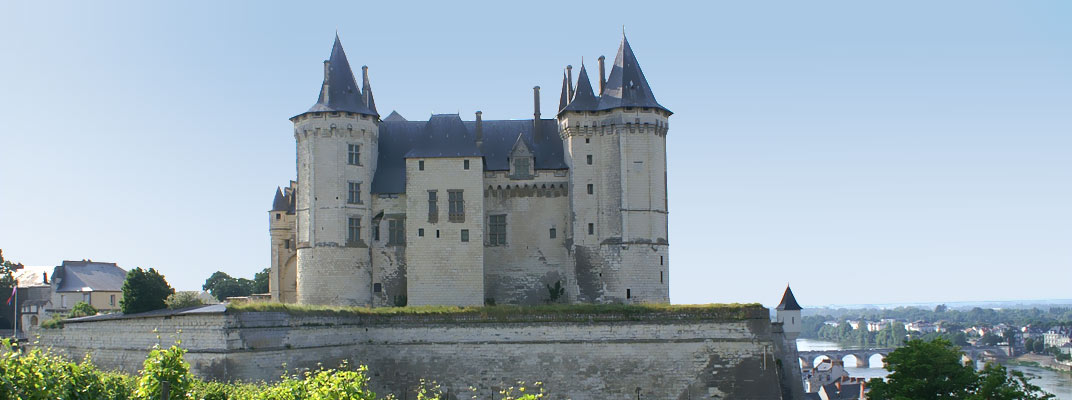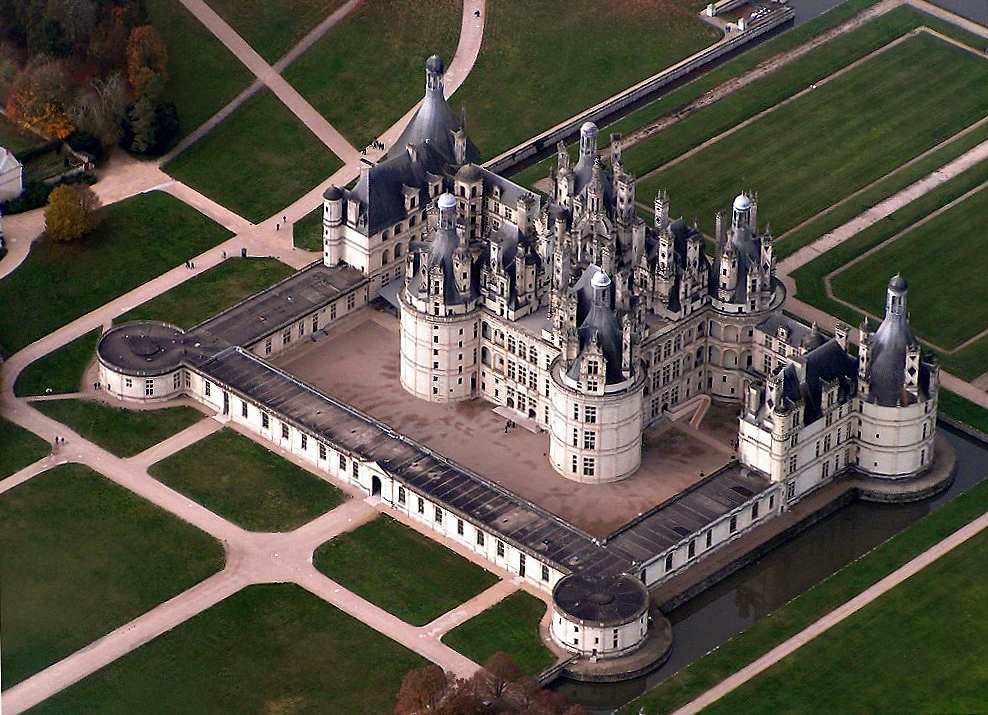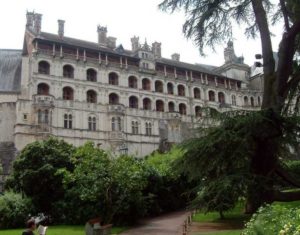 The Royal Château Royal De Blois is one of France’s many châteaux that is grand in scale, majestic in its architecture, and rich in history. It is located in the Loire Valley, specifically the Loir-et-Cher department. It can be found at the epicenter of the French city of Blois.
The Royal Château Royal De Blois is one of France’s many châteaux that is grand in scale, majestic in its architecture, and rich in history. It is located in the Loire Valley, specifically the Loir-et-Cher department. It can be found at the epicenter of the French city of Blois.
The château has played home to many a French king. It consists of several buildings that were built during the years between the 13th and the 17th centuries. The château has a staggering number of rooms — a total of 564 — as well as staircases numbering at 75, although only less than half of that would be used regularly. Each room even has its own fireplace.
Château Royal de Blois : How the story begins
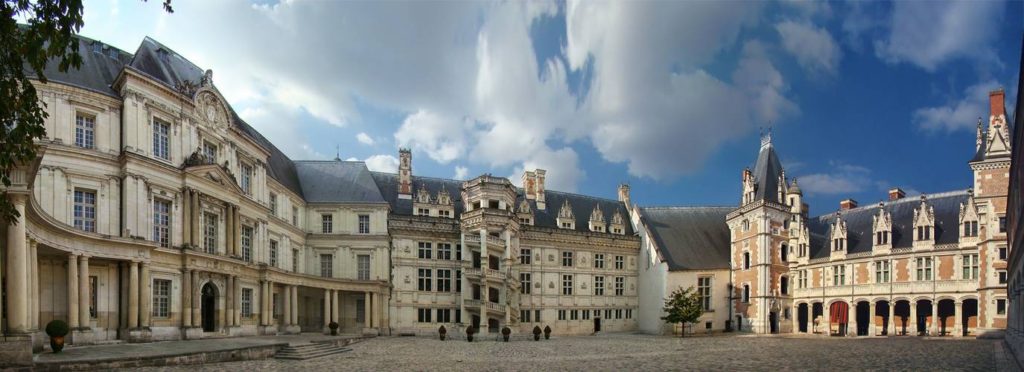
The château’s story begins with the brother of Charles VI of France — Louis I, Duke of Orleans. His wife Valentina Visconti would retire to this castle after his assassination. The property was then passed on to Charles d’Orléans, the son of Louis and Valentina. Charles was a poet who was taken as a prisoner and hostage in England for 25 years. After his return, Charles then spent his resources for a partial restoration to make the château more accommodating.
Charles’ son, King Louis XII, would soon later regard the château as his favorite residence which he considered to be his political capital. He initiated a reconstruction and was also responsible for adding Italian gardens to the château. His main contribution is the main entrance of the château. It has elements of both Renaissance as well as Gothic architecture.
King Francis I and the Château
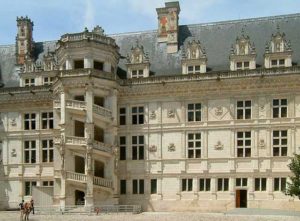 Queen Claude asked Francis I to refurbish Château Royal De Blois. They intended to move from Château d’Amboise to Blois. It was during this period that Francis I began construction of a new area that would be home to one of the period’s most significant libraries.
Queen Claude asked Francis I to refurbish Château Royal De Blois. They intended to move from Château d’Amboise to Blois. It was during this period that Francis I began construction of a new area that would be home to one of the period’s most significant libraries.
Queen Claude’s death made Francis I visit Blois for a short period of time. In time, the great library of the château would be moved to Château de Fontainebleau. This library is important to the history of France as it served as the core or foundation of the Bibliothèque Nationale de France.
The two kings
The next French kings that would occupy the château made no significant contributions to its architecture. It served as the residence of King Henry III when he was driven away from Paris at the time of the French Wars of Religion. It was then occupied by the first Bourbon monarch, King Henry IV. After that, it became the place of exile of his widow Marie de Medici after she was exiled from court by King Louis XIII. King Louis XIII would later give this château to his sibling, Gaston duc d’Orléans.
Several additions to the castle’s architecture were planned but never came to fruition as it would stand neglected for more than a hundred years. It would have been demolished, but was saved by serving as a military barracks.
Becoming a monument
The château became a historical monument under the orders of King Louis-Philippe. Felix Duban was the man charged with the new monument’s restoration. Later on, Château Royal De Blois would become a museum and the property of the town of Blois.




